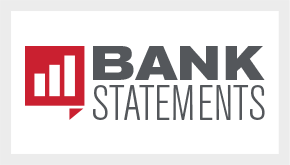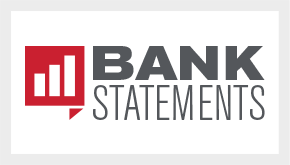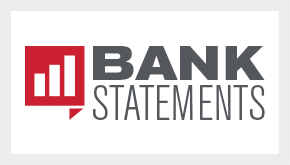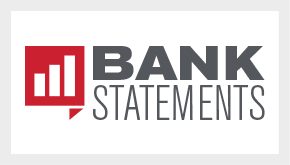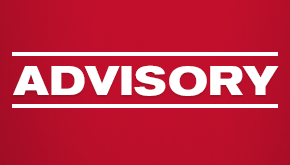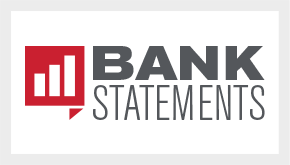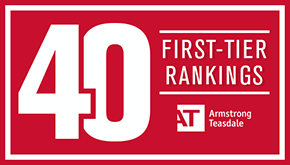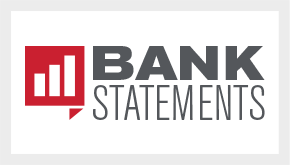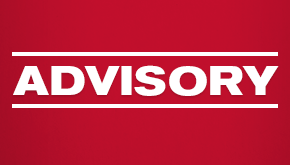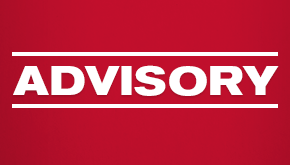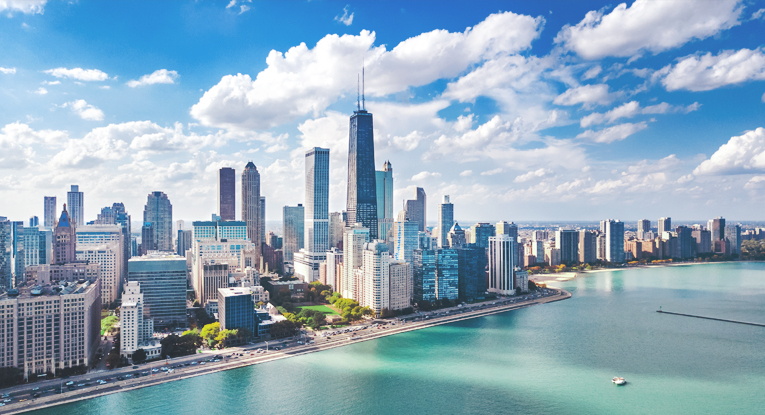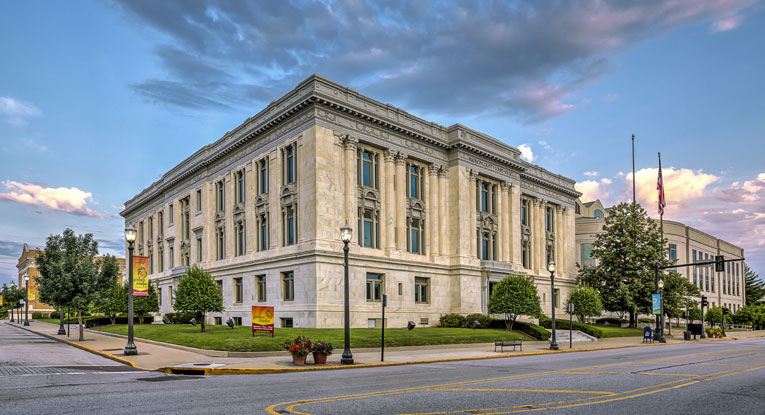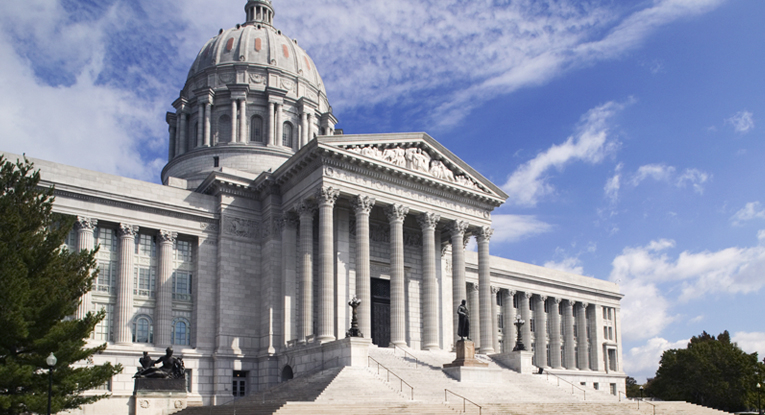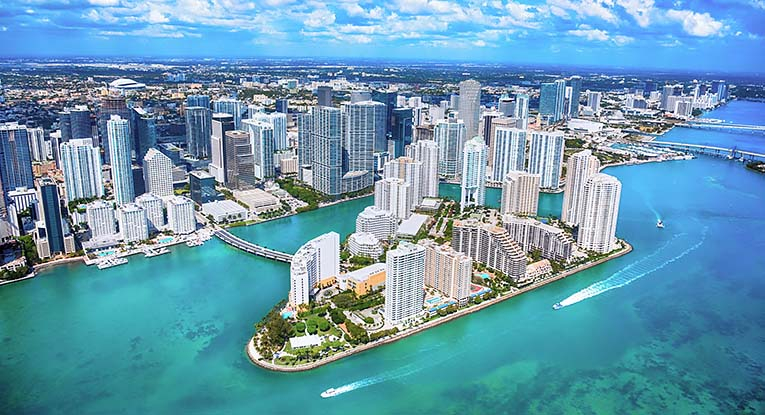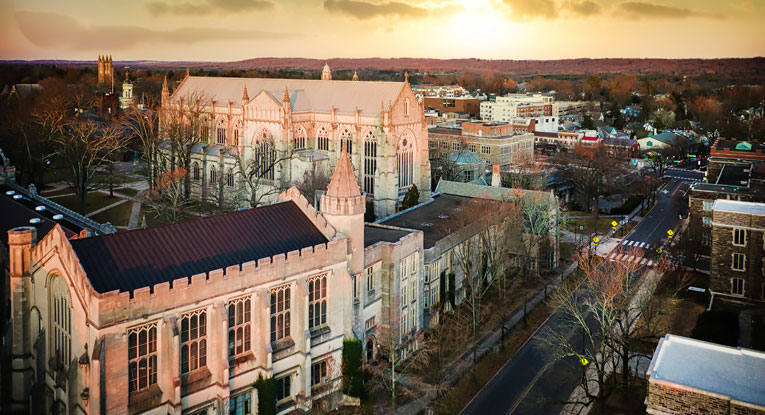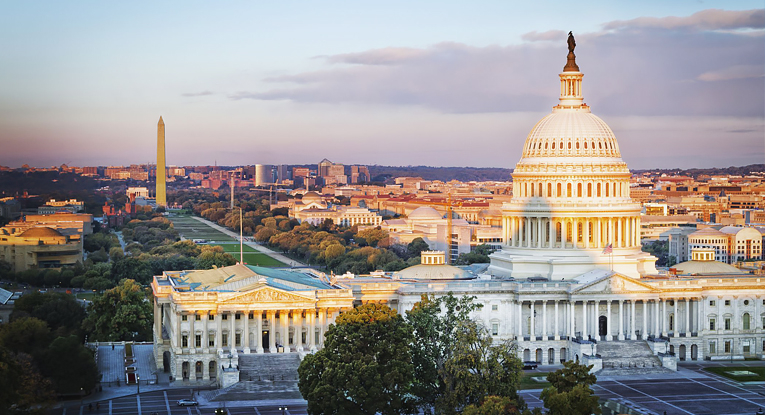SBA Releases Paycheck Protection Program Interim Final Rule
Please note: Information in the following advisory was accurate upon its date of publication. However, given the rapidly changing nature of guidance from the Department of the Treasury and others, we recommend you visit the Treasury website for the latest updates.
On April 2, 2020, the Small Business Administration (SBA) released an Interim Final Rule implementing the Paycheck Protection Program (PPP) provisions of the Coronavirus Aid, Relief, and Economic Security (CARES) Act. The Interim Final Rule was released on the eve of the first day of the PPP lending period, which will run from April 3, 2020, through June 30, 2020.
There are $349 billion in PPP loans available on a first-come, first-served basis directly from banks, credit unions and other participating lenders. All SBA 7(a) lenders are automatically eligible to make PPP loans, and other lenders are able to apply to the SBA for authority to make PPP loans. Lenders that are designated in troubled condition by their primary federal regulator or are subject to formal enforcement action for unsafe and unsound lending practice are not eligible.
The release of the Interim Final Rule follows the March 31, 2020, issuance of informal U.S. Department of the Treasury (the Treasury) guidance on PPP and the enactment of the CARES Act on March 27, 2020.The Interim Final Rule provides further guidance to lenders and borrowers regarding the PPP application, loan terms and loan forgiveness provisions.
The rule also provides clarification regarding the SBA’s interpretation of a number of aspects of the PPP, including the following:
- While the CARES Act allowed a maximum interest rate of 4%, initial guidance from the Treasury guidance provided for 0.5%. Due to concerns that such a low interest rate would discourage lenders from making PPP loans, the Treasury and the SBA have raised the interest rate slightly to 1%.
- Independent contractors do not count as employees of a business applicant for purposes of the PPP given that independent contractors may themselves apply for their own PPP loan.
- While the maximum maturity for PPP loans under the CARES Act is 10 years from the date the borrower applies for loan forgiveness, the SBA and the Treasury have determined that a two-year loan term is appropriate.
- Borrowers may only apply for one PPP loan between now and June 30, 2020. The Interim Final Rule encourages borrowers to consider applying for the maximum amount for which they are eligible.
- E-signatures and e-consents may be used for completing the application.
- While the CARES Act authorizes payment of principal and interest to be deferred for up to one year, the SBA and the Treasury have determined a six-month deferral is appropriate given the 1% interest rate and loan forgiveness provisions of the CARES Act.
- While not required by the CARES Act, the SBA and the Treasury have confirmed that no more than 25% of the loan forgiveness amount may be attributable to non-payroll costs.
- Applicants must submit SBA Form 2483 (Paycheck Protection Program Application Form) and supporting payroll documentation described in the Interim Final Rule directly to their lender.
- Lenders must submit SBA Form 2484 (Paycheck Protection Program Lender’s Application for 7(a) Loan Guaranty) electronically to the SBA and maintain the forms and supporting documentation provided by the borrower in its files.
- Borrowers who received a loan through the SBA Economic Injury Disaster Loan (EIDL) program from Jan. 31, 2020, through April 3, 2020, are eligible to apply for a PPP loan.
- If the EIDL loan was not used for payroll costs, it does not affect eligibility for PPP.
- If the EIDL loan was used for payroll costs, the PPP loan must be used to refinance the EIDL loan.
- Proceeds from any advance of up to $10,000 on the EIDL loan will not also be eligible for forgiveness under the PPP.
- Lenders do not need to conduct any independent verification of the documentation and attestation provided by borrowers in support of their requests for loan forgiveness.
- PPP loans may be sold by lenders on the secondary market.
- A lender may request that the SBA purchase the expected forgiveness amount of any PPP loan or pool of PPP loans at the end of the seventh week following origination of the loan(s). Such advance purchases will occur within 15 days of the SBA receiving a complete report of the expected forgiveness amount.
For additional information, please see our prior analysis of the SBA lending program provisions of the CARES Act and the Treasury’s initial guidance on the PPP. Armstrong Teasdale attorneys are actively monitoring and providing updates regarding the impact of COVID-19, including the PPP and other provisions of the CARES Act. Should the Treasury or SBA provide additional guidance, we will be sure to update you.


